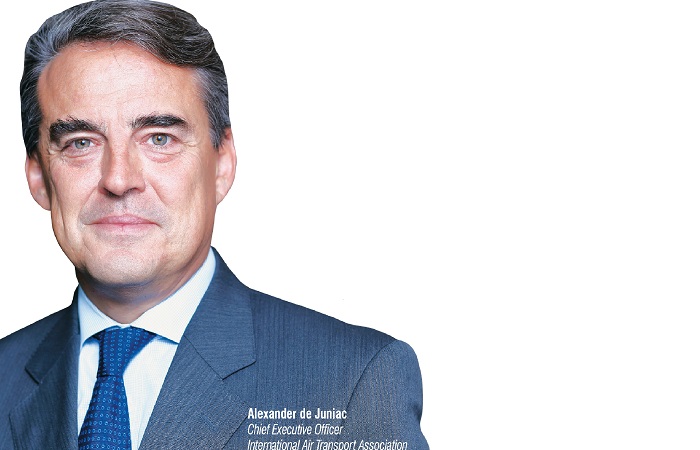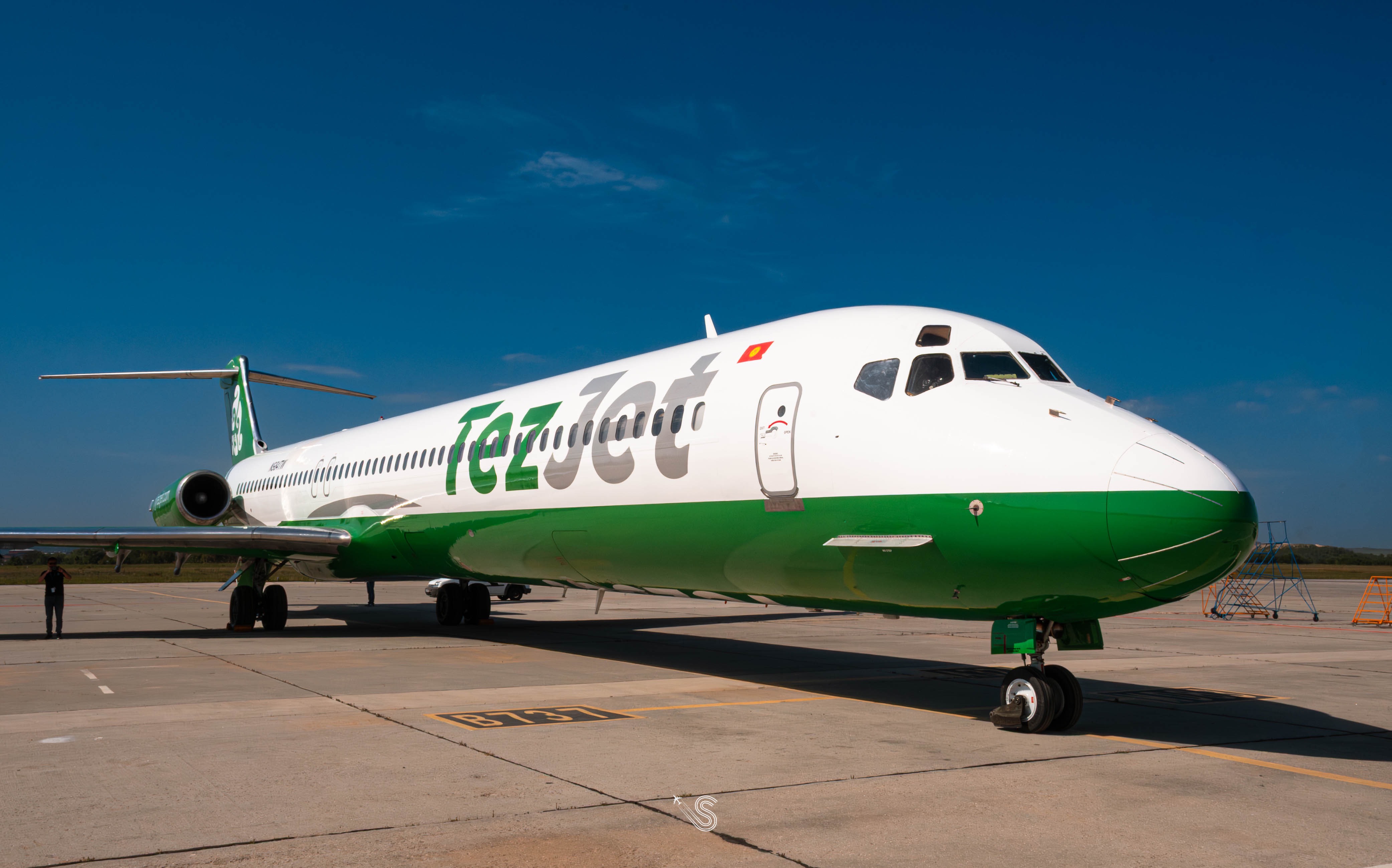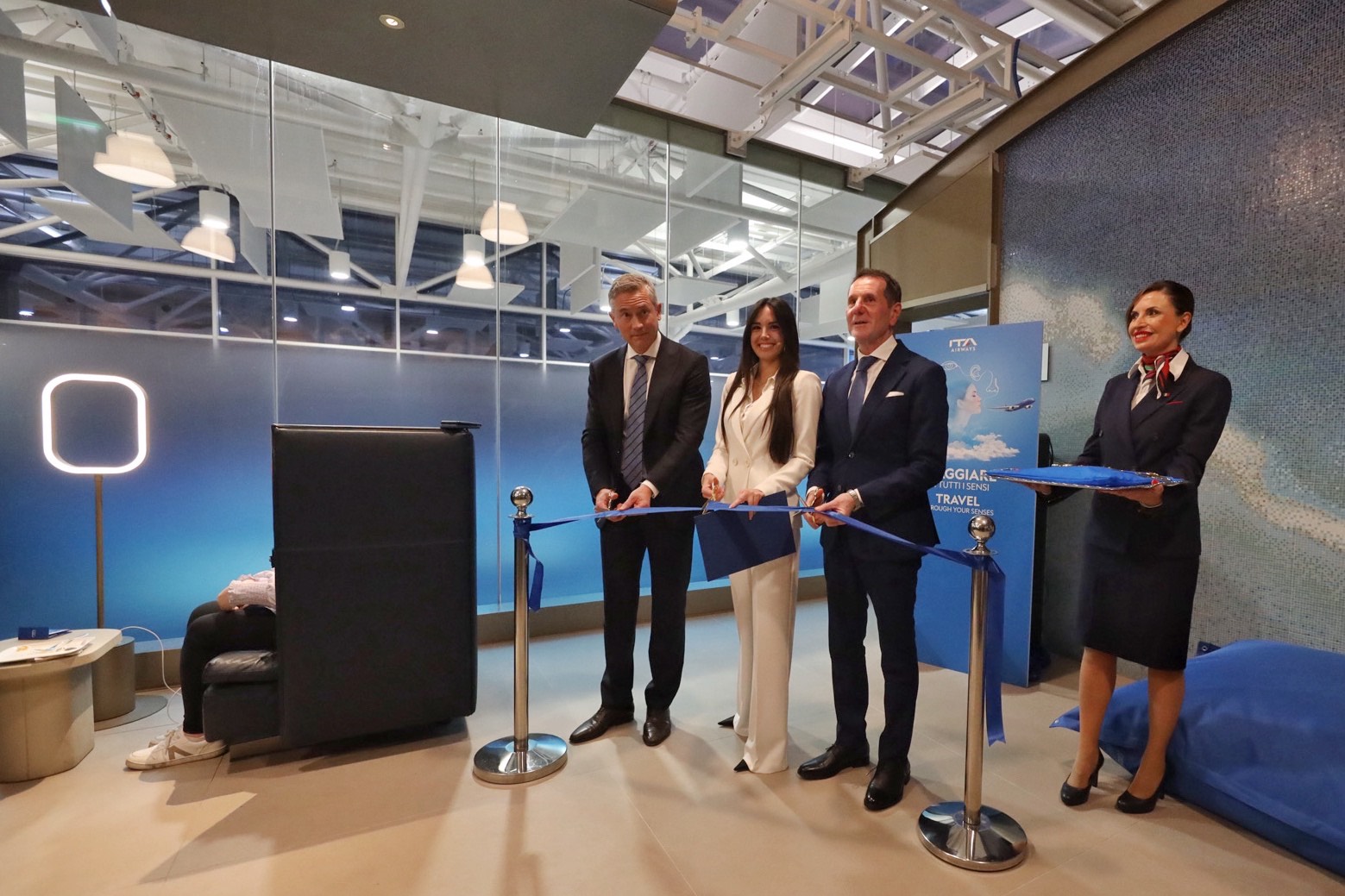Alexander de Juniac, CEO, IATA, believes that India will continue to be the fastest growing aviation market in the world, whilst sharing how it can achieve the same in an exclusive with TravTalk.
Nisha Verma
The International Air Transport Association (IATA) organised the International Aviation Summit in Delhi in association with the Indian Ministry of Civil Aviation (MOCA) and Airports Authority of India (AAI). Talking about the summit, Alexander de Juniac, CEO, IATA, said, “The summit was a roaring success, as we were expecting 500 delegates but received over 750 after which we had to close the registrations. Aviation is key for India in terms of development, prosperity, connectivity and the country has seen 50 months of uninterrupted double-digit growth. We expect that by 2037, India will have 500 million passengers. What we have to do is cope with this growth in India, particularly in terms of infrastructure and regulations. We have to build efficient airports that offer good customer experience and improvement in the capacity of air traffic control. In terms of regulation, there is a need to reduce the cost that are on the airline profit and loss account.”
Applauding the aviation policy in India, Juniac said, “In early 2016, India launched its aviation strategy to recognise the importance of aviation and establish a policy framework intended to maximise benefits. Indian airlines are preparing for 1000 aircraft scheduled for delivery over the next eight years, and even that may not be sufficient to satiate the thirst for travel.”
India will have 500 million passengers by 2037. What we have to do is cope with this growth in India, particularly in terms of infrastructure and regulations
However, he insisted that while it is easy to find Indians who want to fly, it’s very difficult for airlines to make money in this market. Explaining the reason behind it, he said, “The steep rise in fuel prices and the steep fall in the value of the rupee are creating acute pressure on profits. According to IATA members, India is a particularly challenging place to do business because the infrastructural constraints limit growth and the government policies impose excessive costs.”
Nevertheless, Juniac lauded India’s airport infrastructure and said that technology as a game changer, can help accommodate growth with modern processes. “Recent changes have eliminated multiple stamping of baggage tags and boarding cards as travellers made their way to the aircraft. We have high expectations from the DigiYatra initiative by MOCA that is set to transform processes and lead india to top of the league,” he added.
On the rising fuel costs, he mentioned, “Fuel accounts for about 24.2 per cent of an average airline cost structure. In India, it is 34 per cent, making Indian carriers particularly sensitive in this regard. All airlines are already suffering from the rising fuel prices and India’s regulatory and tax framework around fuel hits airlines serving this market even harder. If we can comprehensively fix jetfuel infrastructure issues, India will be primed to take a giant step forward in the world of aviation.”
Apart from the Indian aviation scenario, Juniac also spoke about IATA’s New Distribution Capability (NDC), saying, “NDC is a technology protocol we have developed to improve relations between airlines and passengers through travel agents. Now, when a travel agent looks at the screen or at airfares provided by the airline, he has very little information about the booking of class, airports, and the price. NDC allows travel agents to have access to these options.”
 TravTalk India Online Magazine
TravTalk India Online Magazine





